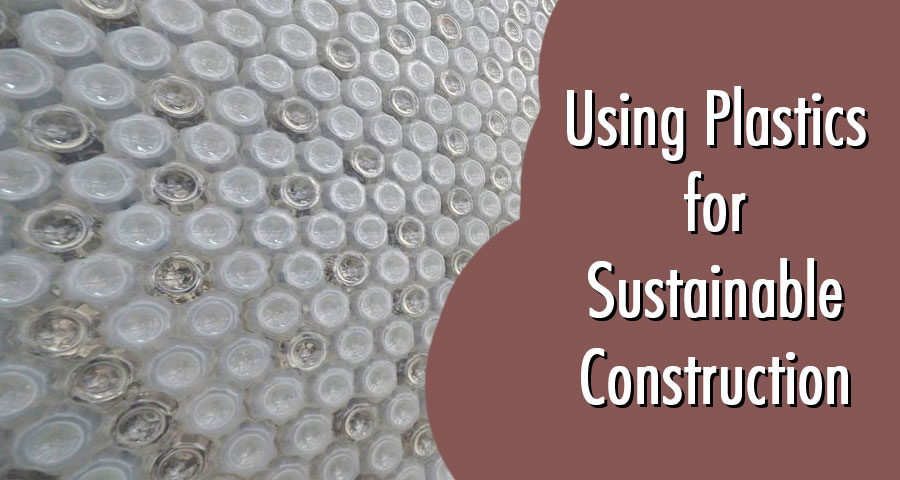Using Plastics for Sustainable Construction: A Comprehensive Guide

Introduction
As the world becomes more environmentally conscious, industries are looking for ways to reduce their carbon footprint. One sector that has been under scrutiny is the construction industry. Building materials like concrete and steel are known to have a significant impact on the environment. One material that has gained attention recently as a sustainable alternative is plastic.
What are plastics?
Definition and Types
Plastics are synthetic or semi-synthetic materials made from polymers. There are two main types of plastics: thermoplastics and thermosets. Thermoplastics are plastics that can be melted and re-molded multiple times, while thermosets are plastics that can only be molded once and then set permanently.
Environmental impact of plastics
Plastics have come under fire in recent years due to their environmental impact. They are non-biodegradable and can take hundreds of years to decompose, leading to the buildup of plastic waste in landfills and oceans. However, there are ways to mitigate the negative impact of plastics, including recycling and repurposing.
Advantages of using plastics in construction
Durability
Plastics are known for their durability and resistance to weathering, making them ideal for use in construction materials.
Lightweight
Compared to traditional building materials like concrete and steel, plastics are lightweight, making them easier to transport and install.
Versatility
Plastics can be molded into a wide variety of shapes and sizes, allowing for more creative and innovative designs in construction.
Energy efficiency
Plastics have a lower thermal conductivity than traditional building materials, making them more energy-efficient and cost-effective in the long run.
Applications of plastics in sustainable construction
Insulation
Plastics like expanded polystyrene (EPS) and polyurethane (PU) foam can be used for insulation in buildings. These materials have high insulation properties, helping to reduce energy consumption and costs.
Roofing
Plastic roofing materials like polycarbonate and PVC offer high durability and resistance to weathering, making them ideal for use in roofing.
Flooring
Plastic flooring materials like vinyl and PVC are durable and easy to clean, making them ideal for use in high-traffic areas.
Structural components
Plastics like fiberglass and carbon fiber can be used as structural components in buildings. These materials are lightweight yet strong, making them ideal for use in earthquake-prone areas.
Challenges of using plastics in construction
Fire resistance
Plastics are known to have poor fire resistance, making them unsuitable for use in certain applications like building cladding.
Recycling and repurposing
While plastics can be recycled and repurposed, the process can be expensive and energy-intensive.
Perception
There is still a stigma attached to using plastics in construction, with some viewing it as a cheap and inferior alternative to traditional building materials.
Conclusion
Using plastics in sustainable construction has the potential to reduce the environmental impact of the construction industry while also providing cost-effective and innovative solutions. However, there are still challenges that need to be addressed, including fire resistance and the perception of plastics as an inferior alternative. With continued research and development, plastics could become a viable and sustainable option for the construction industry.
